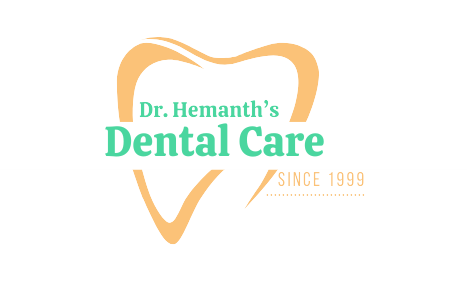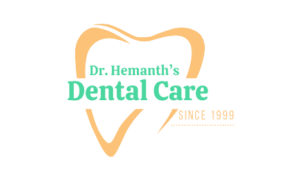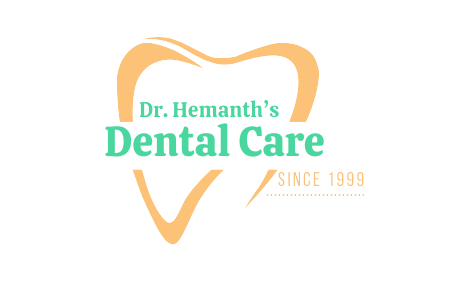Tooth Extraction
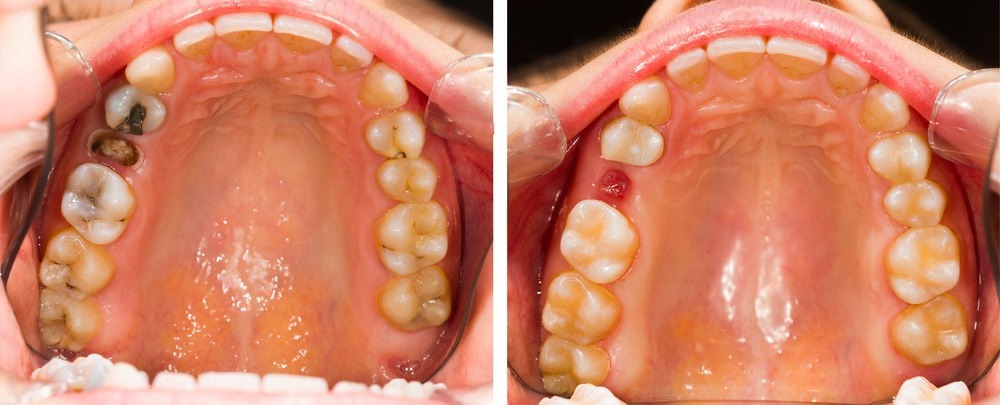
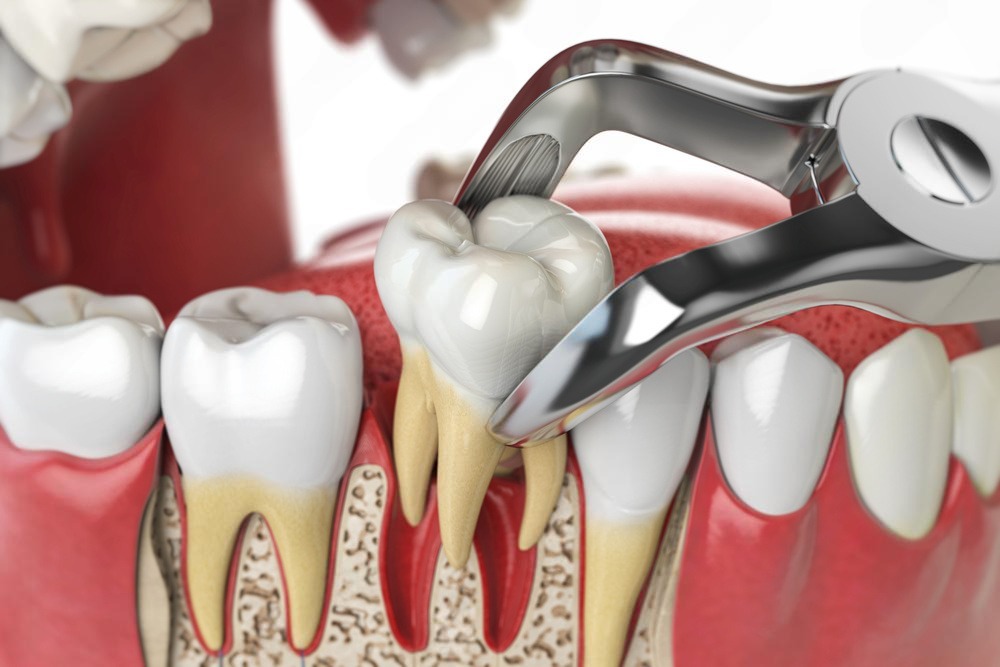
Tooth Extraction: When Removal is Necessary
A tooth extraction, sometimes referred to as “pulling” a tooth, is a dental procedure to remove a tooth from its socket in the jawbone. While dentists strive to preserve natural teeth whenever possible, extraction becomes necessary in various situations.
Reasons for Tooth Extraction
There are several reasons why a dentist might recommend extraction:
- Severe decay or damage: If a tooth is extensively decayed, fractured beyond repair, or has become infected, extraction may be the best course of action.
- Periodontal disease: In advanced stages of gum disease, where the bone supporting the tooth weakens significantly, extraction may be necessary to prevent further bone loss.
- Impacted wisdom teeth: Wisdom teeth that are trapped beneath the gum line and causing pain or crowding other teeth may need removal.
- Overcrowding: To create space for orthodontic treatment (braces) to properly align teeth.
- Preparation for dentures or implants: In some cases, extractions may be needed to make way for dentures or dental implants.
The Tooth Extraction Process
A tooth extraction typically involves the following steps:
- Consultation: You’ll discuss your concerns with your dentist, who will examine your teeth and x-rays to determine if extraction is necessary.
- Anesthesia: Local anesthesia is usually administered to numb the area around the tooth. In some cases, general anesthesia may be used, especially for complex extractions or patients with dental anxiety.
- Simple Extraction: For visible teeth with accessible roots, the dentist will loosen the tooth with instruments and gently remove it using forceps.
- Surgical Extraction: For impacted or broken teeth, a surgical approach may be necessary. This involves making an incision in the gum tissue and possibly some bone removal to access the tooth root for extraction.
- Cleaning and Closure: After removing the tooth, the dentist will clean the socket and may place stitches to close the gum tissue.
Recovery After Tooth Extraction
Following a tooth extraction, it’s important to follow your dentist’s aftercare instructions to promote healing and minimize discomfort. These may include:
- Pain Management: Over-the-counter pain medication can help manage discomfort.
- Bleeding Control: Gently bite on gauze pads to apply pressure and control bleeding.
- Diet: Stick to soft foods for the first few days after extraction.
- Oral Hygiene: Maintain gentle brushing and flossing around the extraction site, but avoid disturbing the clot.
- Rest: Allow yourself time to heal and avoid strenuous activity.
Potential Risks and Complications
While tooth extraction is a routine procedure, some potential risks and complications include:
- Infection: Proper oral hygiene and following post-operative instructions are crucial to prevent infection.
- Bleeding: Minor bleeding is expected, but excessive bleeding should be reported to your dentist.
- Pain: Discomfort is normal, but if severe or persistent, contact your dentist.
- Alveolar Osteitis (Dry Socket): A painful condition that occurs when the blood clot in the socket dislodges or fails to form.
- Damage to nerves or surrounding teeth: This is rare, but potential complications of surgery.
Conclusion
Tooth extraction is a safe and effective procedure when performed by a qualified dentist. If you’re facing a toothache, damage, or other dental concerns, consult your dentist to determine if extraction is the best course of action for you. With proper care and follow-up, you can recover smoothly and maintain good oral health.
Contact Us
Send Us an Email
Monday: 9:00 am-9:00 pm
Tuesday: 9:00 am-9:00 pm
Wednesday: 9:00 am-9:00 pm
Thursday: 9:00 am-9:00 pm
Friday: 9:00 am-9:00 pm
Saturday: 9:00 am-9:00 pm
Sunday: 9:00 am-9:00 pm
